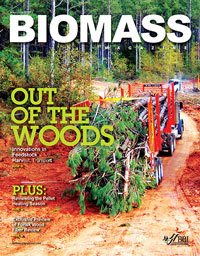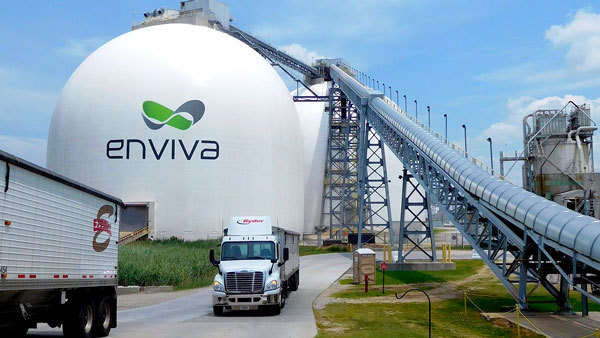Issue 3
 View Full Print Edition
View Full Print EditionBusiness Briefs

Business Briefs
By Pellet Mill Magazine
Columns

Pellet Industry Remains Positioned to Deliver
By Tim Portz

Programs of Protection
By Tom Bryan
Featured

Driving Down Pellet Plant Dust
By Ron Kotrba
A Pennsylvania pellet plant reduced its chances of incurring a dangerous explosion by installing oscillating fans that create a horizontal air barrier inside the structure, preventing combustible dust from settling up high in the rafters.
The lines of communication between pellet facility employees, management and local fire and emergency response personnel begin with robust training and planning. But even the best-laid plans are only as good as a plant's practice regimen.
Contributions

Flameless Explosion Protection for Combustible Wood Dust
By Jeramy Slaunwhite
SPOTLIGHT: When passive explosion venting is needed inside a pellet facility, or in areas where conventional venting is unsafe, REMBE has a reliable, maintenance-free solution that is easily installed on a variety of hazard-prone equipment.
Sound explosion prevention and protection strategies are critical in the most susceptible areas of a pellet plant. One process vessel especially prone to a dust explosion is the air-material separator, due to the very dry, fine dust it pulls in.
SPOTLIGHT: Fagus GreCon delivers smart technology that identifies and squelches potential sources of fires and explosions before it's too late. The system can differentiate between dangerous sparks and harmless incidences of extraneous light.
According to National Fire Protection Association standards for combustible dust, facilities utilizing wood-based products, including pellet mills and other biomass processing plants, must have a dust hazard analysis completed by early September.





